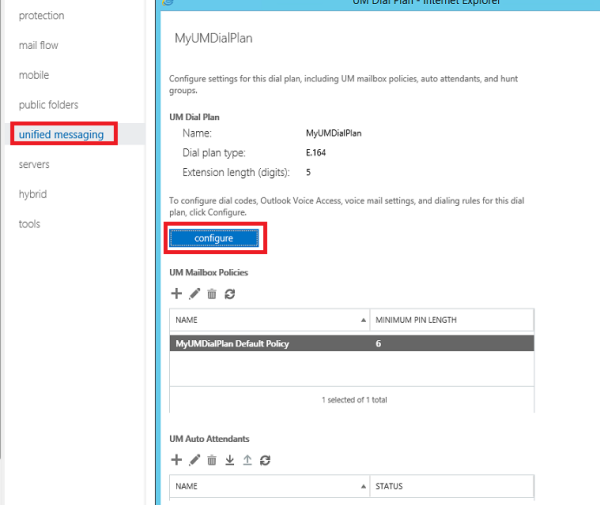In this article lets have a look at few important things that we need to consider before enabling Unified Messaging feature for the end users.
When the Unified Messaging server feature is enabled it requires a grammar file to provide voice user interface (VUI) that uses Automatic Speech Recognition (ASR). It updates the grammar for the UM enabled users through global address list based on the speech grammar filters , languages that are configured.
Its better to create a custom address list for the UM auto attendant and allow callers to send voice messages only to this custom address list.
There are few benefits of doing this.
1) You add only the users who require UM enabled on this custom address list.
2) You create the custom address list only with the mailbox users so that the contacts present in the address list will be excluded.
Now lets have a look at how to accomplish this task.
Run the below command to create a custom address list for the Unified Messaging.
New-Addresslist -Name UMVoice -IncludedRecipients MailboxUsers
IMP: For a grammar file to be generated for a distribution list, the distribution list must not be hidden.
Later scope the UMAutoAttendant only for this custom address list created as below.
Open EAC – Navigate to Unified Messaging –
Select the Transfer & Search option and choose only the address list which was created for UM .You can add only the users for whom you have UM feature enabled.
You can run the below command as well to accomplish this task
Set-UMAutoAttendant -Identity MyUMAutoAttendant -ContactScope UMVoice
By this way you can exclude the contacts.
Exchange Unified messaging role gets the Speech inputs from users to perform directory look-ups. Then it looks the display name of the UM enabled user in the GAL and then inserts into the speech grammar.
When the Display Names had periods then the speech inputs might not be recognized properly at times in Exchange 2010 UM servers.
You can run the below command to rectify this issue for exchange 2010:
Set-Csuser -Identity sathish@exchangequery.com -PhoneticDisplayName ‘Sathish Ravi’
After performing the above you need to ran Galgrammargenerator.exe/GGG.exe
For Exchange 2010 run this command – Galgrammargenerator.exe -d MyUMDialPlan
For Exchange 2013 as there is no commands to perform this action.
For Exchange 2013 the GAL speech grammar file is stored in the arbitration mailbox and then later downloaded to all Mailbox servers in that Exchange organization.
By default, the Mailbox Assistant runs every 24 hours. You can adjust the frequency by using the Set-MailboxServer -ManagedFolderWorkCycle assistant cmdlet and change the frequency.
But the better way to address this is to just restart the Microsoft Exchange Mailbox Assistants after you create a new dial plan and leave the generation cycle as such to 24 hours.So when we restart t all the GAL speech grammar files will be updated.
Thanks
Sathish Veerapandian
MVP – Exchange Server





Leave a comment